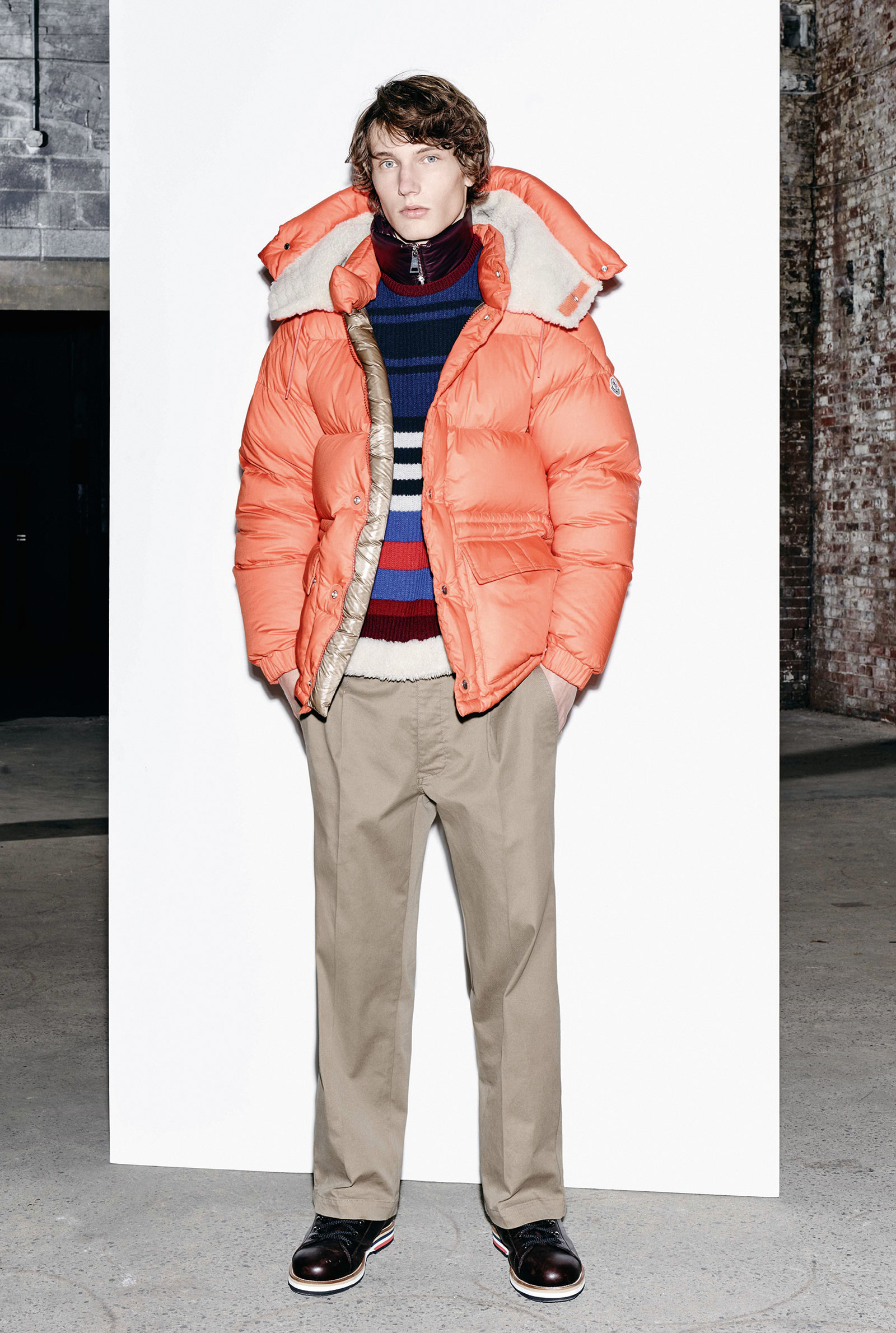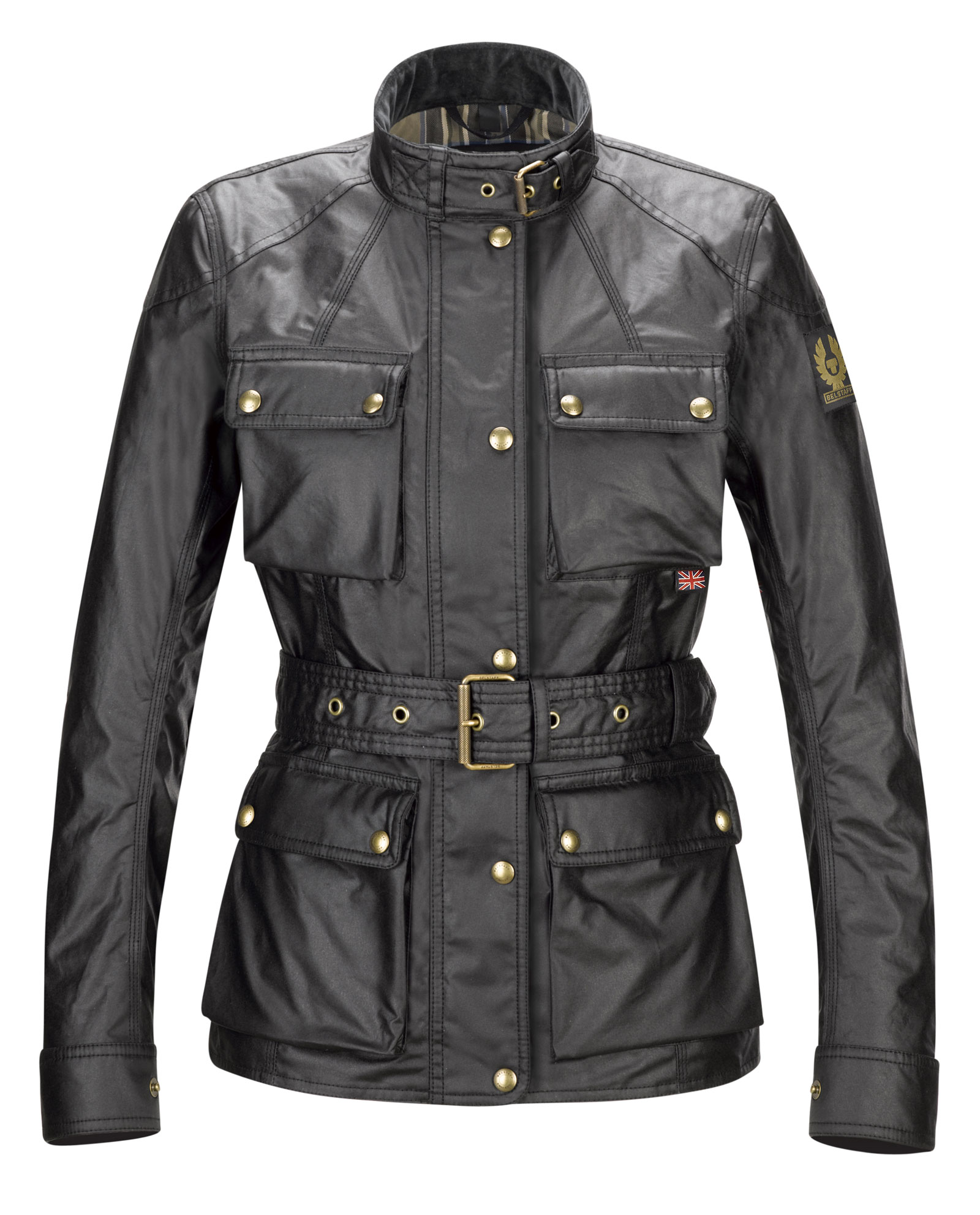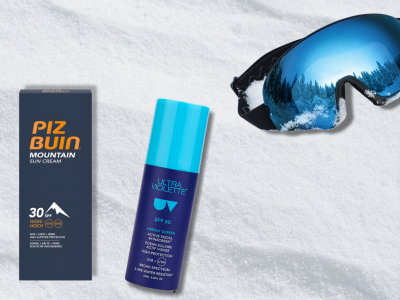If you bought a piece from this year’s Spring/Summer Moncler collection, you’ll find that you’ve received a little extra something with your purchase that you didn’t bargain for. Don’t get too excited, though — it’s just a microchip.
However unglamorous this might sound, the good news is that the tiny piece of technology is there for a good reason — and it’s bang on trend. For the past few years the Franco-Italian brand, famous for its quilted jackets and blazers, has been increasingly concerned, like others in the luxury sector, about counterfeiting.
In July last year, the European Commission reported that lost sales, due to fake clothes and accessories, amounted to 10 per cent of the luxury industry’s revenue in Europe.










